FIRING RANGE, Indian Army troopers in Akhnoor near the Line of Control (LoC)
IN June 2020, as India’s special forces were planning a countermove against China’s heavy military mobilisation in Ladakh, one of their units was facing a critical weapons shortage. Belgian small arms manufacturer FN Herstal (FNH) walked out of a contract to supply some 1,500 small arms to the Special Frontier Force (SFF), a covert paramilitary unit under the cabinet secretariat. The estimated Rs 70 crore contract for P90 carbines and SCAR assault rifles had been under negotiations for three years before being signed in 2019 for delivery within a year.
In late August, the SFF were deployed against the PLA (People’s Liberation Army) in a massive ‘area denial operation’ on the southern banks of the Pangong Lake, without the imported weapons they were supposed to get. An FNH spokesperson declined comment on the failed contract, citing confidentiality.
The incident illustrates the pitfalls of India’s crippling dependence on imported small arms in the face of tensions with both its adversaries, China and Pakistan. What complicates matters is that foreign arms firms are likely to pull the plug on contracts, even in the midst of a national security crisis in the importing country, due to various factors, ranging from their own countries refusing export clearances to human rights issues in the country of sale.
The reasons for FNH’s withdrawal are not known but need to be seen in the light of a similar instance last August, when it suspended small arms deliveries to Saudi Arabia, its biggest client. Saudi Arabia, according to an Al Jazeera report, ‘accounted for 225 million euros (about Rs 1,988 crore) in a 950 million euro (about Rs 8,396 crore) industry in 2018’. The suspension, the report stated, was prompted by a complaint from a human rights group over the Saudi military intervention in Yemen.
ADVERTISEMENT
The reputation of an arms firm can override the foreign policy of its country of origin. FNH, for instance, is no Belgian waffle-maker. One of the world’s top five small arms-makers, its weapons are used by the US Special Operations Command. Three of its well-regarded products, a pistol, a medium machine gun and a self-loading rifle, have been serially produced in India’s state-owned ordnance factories for over four decades. FNH, though, has not participated in any of the Indian armed forces’ recent small arms buys. (The firm took part in a 2016 bid to supply a new assault rifle to the Pakistan Army.) Despite these likely hurdles, the Indian Army’s Para Special Forces have taken a circuitous route to acquire FNH weapons, a ‘foreign military sale’ from the US government.
Another leading arms-maker, the German firm Heckler & Koch, whose MP5 submachine guns were used by the NSG (National Security Guard) and MARCOS (Marine Commandos) during the 26/11 attacks in Mumbai, steers clear of the Indian market. The manufacturer says German export laws do not allow supply of weapons to India because of the ‘situation in Jammu and Kashmir’. “In Germany, the federal government must approve the export of small arms. Against the background of the situation in the Kashmir region, the German government has repeatedly indicated to our company that arms deliveries to the Indian MoD (ministry of defence) would not be approved,” an H&K spokesperson said.
The indigenous road
India has the world’s second-largest army, over 1.2 million-strong, and nearly one million paramilitary forces. The government’s inability to create a modern indigenous small arms industry has created an ironical situation, a country that can send an indigenous spacecraft to Mars is one of the world’s largest importers of small arms, importing hundreds of thousands of assault rifles, pistols and submachine guns each year. The Indian Army alone is slated to import rifles, carbines and light machine guns (LMGs) worth over Rs 3,500 crore to modernise its infantry and special forces.
The army knows how foreign dependency can affect the operational readiness of its frontline units. Around the time of tensions with Pakistan following the 2019 Balakot airstrikes, the army urgently needed spares and replacements for its anti-materiel rifles. These weapons, meant to destroy light armoured vehicles and bunkers, had been purchased from the South African arms firm Denel following the 1999 Kargil War. The supply of spares dried up after Denel was blacklisted by the MoD in 2005. The army discovered to its shock that the firm had gone bankrupt and was unable to supply weapons.
The leverage that producing weapons indigenously offers is well known. During the 1971 Bangladesh War, the Indian government had supplied the ‘Mukti Bahini’ freedom-fighters with rifles and carbines produced by the ordnance factories. The present-day inability of the ordnance factories to replace the army’s frontline infantry weapons, introduced between the 1960s and 1990s, with modern firearms has led to the current deluge of imports by the armed forces, police and paramilitary. The army’s frequent changes in weapons and calibres could be another reason for its own troubles. The world’s largest ground forces have not standardised on a single rifle calibre and are now equipped with a hodgepodge of three major calibres and multiple weapons firing them. Global militaries are acutely conscious of the problems of fielding multiple weapon types with different spares and ammunition. For instance, the US military, which has seen the most conflict since the end of World War II, has changed its rifle calibre and standard-issue rifle just twice in the past 75 years. The in-service M16 is a modified variant of a rifle first introduced in 1965.
ADVERTISEMENT
The solution to whimsical foreign suppliers could be what an exasperated defence secretary once suggested in a closed-door meeting with military officials at South Block, import weapons only from four of New Delhi’s strategic partners because they would always ‘find a way’.
This perhaps explains the rush of small arms imports over the past four years, two of them being contracted under emergency fast-track provisions. Last year, the army purchased 72,000 rifles worth Rs 700 crore from US gun-maker SIG Sauer under a fast-track process. The army also wants to import 93,895 carbines from the UAE, a country with no history of arms manufacturing. Waiting in the wings is a contract to produce 750,000 AK-203 rifles in partnership with Russia. Army chief General M.M. Naravane said on January 12 that the contract would be signed soon.
Questionable imports
Imports lead to more imports. The army has already placed a repeat order of 72,000 rifles with the US manufacturer. Several other acquisitions make no sense because cheaper, indigenous options exist. The AK-203, for instance, is a modernised version of the iconic Russian rifle developed by General Mikhail Kalashnikov in 1947. Other than the wooden ‘furniture’ replaced by polymers and the addition of a Piccatiny rail (for clamping weapon sights) on the dust cover, little has changed.
The MoD already has two weapon factories producing cheaper AK-47 clones (the original unpatented AK-47 rifle has been freely copied across the world), the ‘Trichy Assault Rifle’ at Ordnance Factory Tiruchirappalli and ‘Ghatak’ at Rifle Factory Ishapore, West Bengal. The Trichy Assault Rifle and the Ghatak cost over Rs 50,000 each. The AK-203 will cost Rs 75,000 each because India has to pay Russia licensing fees.
The larger problem, as Lt Gen Sanjay Kulkarni, former director general-Infantry, says, is that all stakeholders, users, designers and producers, work in silos. Gen. Kulkarni was part of a 2016 Ordnance Factory Board (OFB)-army collaboration, which developed the INSAS 1C, the most improved variant of the 1980s’ rifle. The weapon was shelved after the army changed its requirements.
The road to imports is littered with carcasses of promising indigenous weapon prototypes. In 2020, the Joint Venture Protective Carbine (JVPC), a collaborative effort of DRDO (Defence Research and Development Organisation) and OFB, became the first such Indian designed and produced weapon to pass army trials. It has yet to get orders from the army. The MoD threw open the small arms sector to private players in 2005. A handful of private manufacturers are in the fray, mostly in partnership with global arms-makers, but are yet to bag any orders. Interestingly, only one major small arms calibre, assault rifles in the 7.62x39 mm calibre (the AK-47 calibre), has so far been placed on the MoD’s negative list, prohibiting their import after December 2021. This, as worried indigenous manufacturers point out, means all other calibres can continue to be imported.
ADVERTISEMENT
Supporting indigenous weapons with orders brings innovation. Ordnance Factory Tiruchirappalli used the experience gained from supplying around 15,000 Trichy Assault Rifles to the Union home ministry and state police units to produce a breakthrough compact AK-47 carbine last year. The shadow of the INSAS rifle, dogged by quality and reliability issues in its service life, though, continues to loom over OFB projects.
Senior army officials say most OFB products have failed the army’s stringent trials while all imported weapons had passed trials and were the lowest bidders. Imports, though, are only a short-term solution to immediate operational needs. The recent import of 16,447 LMGs from Israel is a case in point, say the officials. A larger order for 30,000 LMGs will be placed with Indian industry.
Not just quality and reliability, lack of innovation is another concern with OFB products. It took a serving Indian Army officer from the Infantry School, Lt Col Prasad Bansod, to recently design in-house the replacement for the OFB-produced World War II-era 9 mm Sterling submachine gun.
The trust deficit explains why India’s small arms units, among the world’s largest, are starved of fresh orders, with infrastructure established over decades lying idle. Three ordnance factories in Ishapore, Trichy and Kanpur, capable of producing nearly 100,000 rifles and carbines every year, stopped getting major orders after production of the INSAS rifle stopped two years ago. These factories are the only ones in the country that can manufacture gun barrels using imported barrel-making machines, each costing Rs 40 crore.
Call for R&D
Basic firearms technology has changed little in close to a century, which explains the continued utility of the vintage AK-47. Waiting around the corner are breakthrough technologies that could transform a soldier’s basic weapon. These include caseless ammunition cartridges encased in lightweight polymers instead of brass, developing new intermediate calibre rounds like the 6.8 mm (which could solve the army’s dilemma of choosing between a lighter 5.56 and heavier 7.62 mm round) and day-and-night weapon-aiming sights that allow for dramatically improved accuracies. Defence analyst Rear Admiral Sudarshan Y. Shrikhande (retired) says future-proofing the armed forces can come only with substantial R&D by both the army and industry. No such investments are being made. This technology gap in the years ahead means the inevitable, more imports.
“Aatmanirbhar Bharat should not just be about buying an Indian weapon, it should be about future-proofing the army to ensure that they don’t look anywhere else for the next 50 years. That can only happen by investing in Indian industry,” says Vivek Krishnan, CEO of SSS Defence, the only private sector firm with its own range of sniper rifles, carbines and assault rifles. In the absence of such hand-holding efforts, arms imports will continue to remain the attractive option well into the future.
India's armed forces suffer due to crippling dependence on whimsical global weapons manufacturers. Behind the crisis is the country's flawed firearms production-acquisition policy and low R&D.

www.indiatoday.in


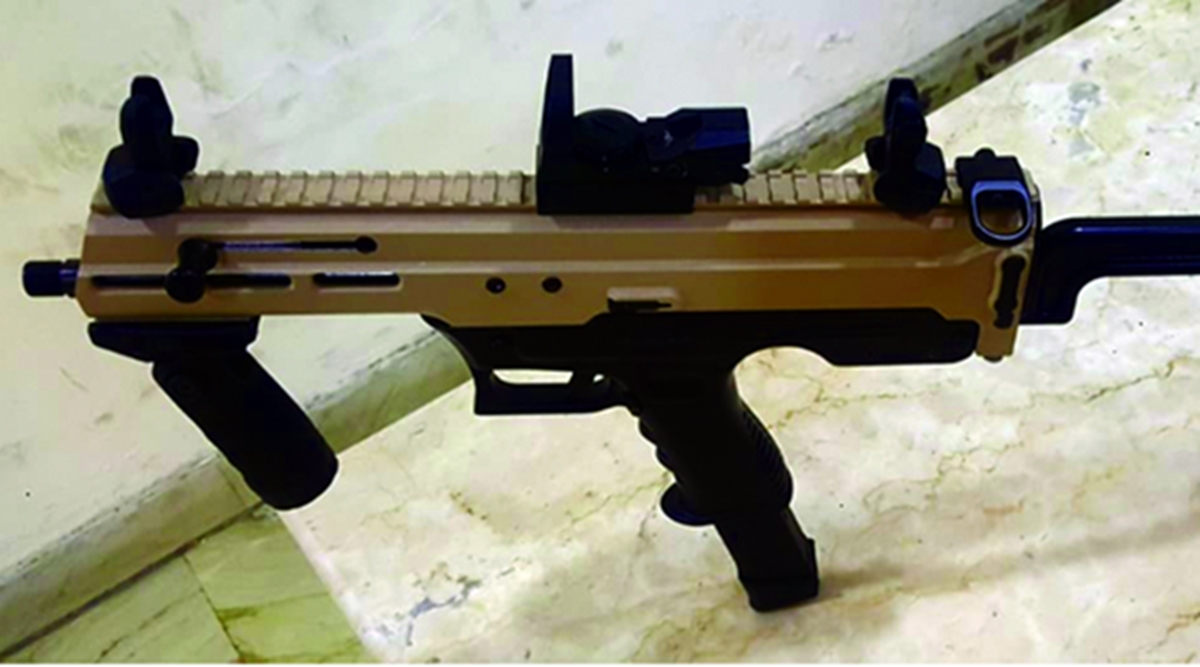
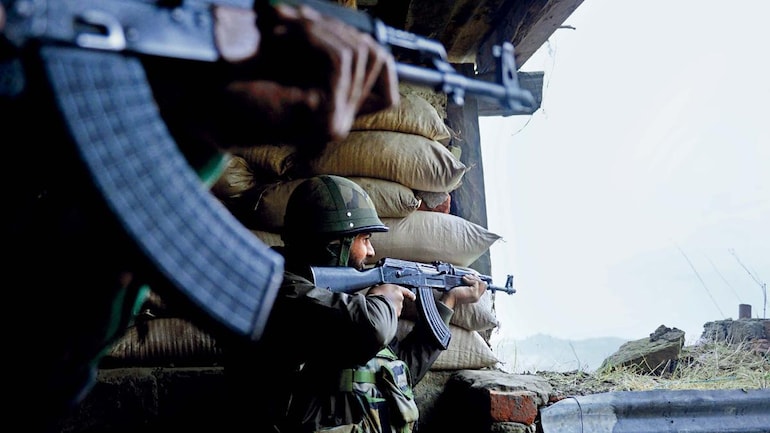
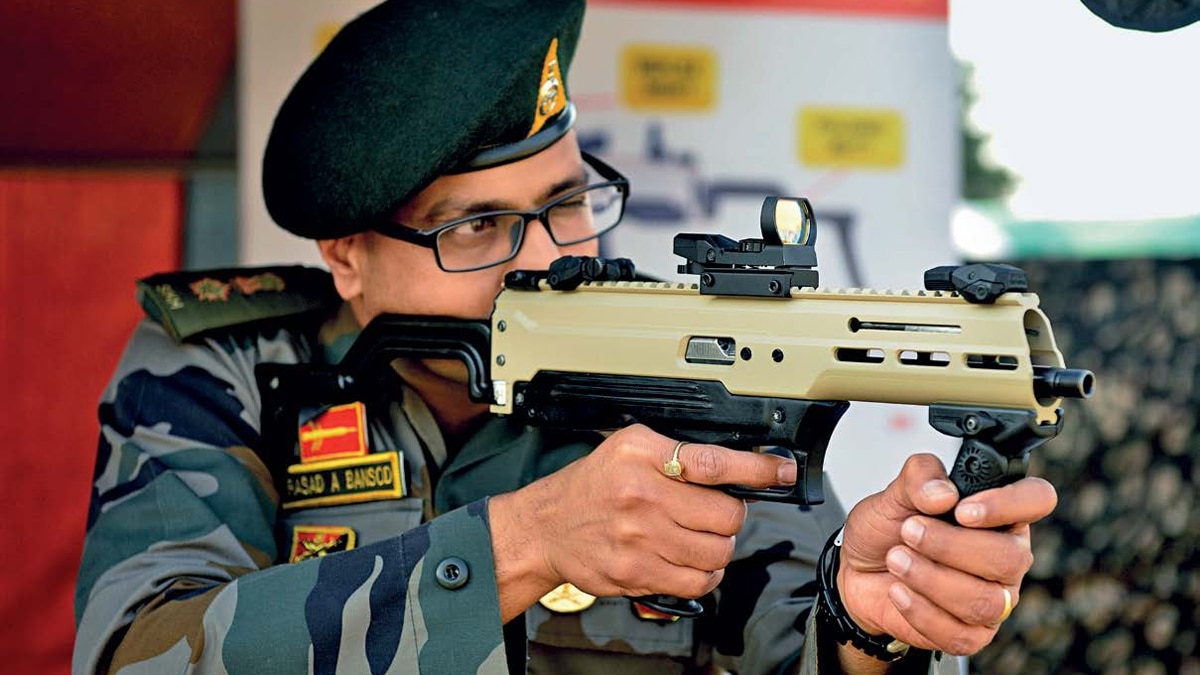
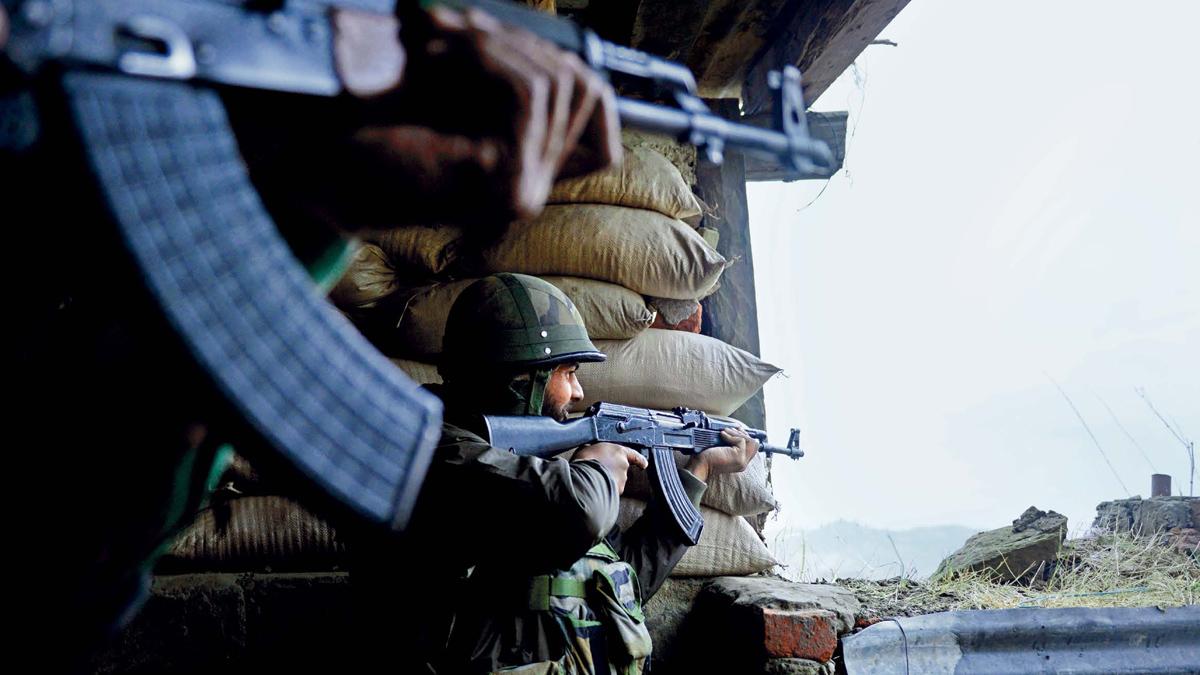
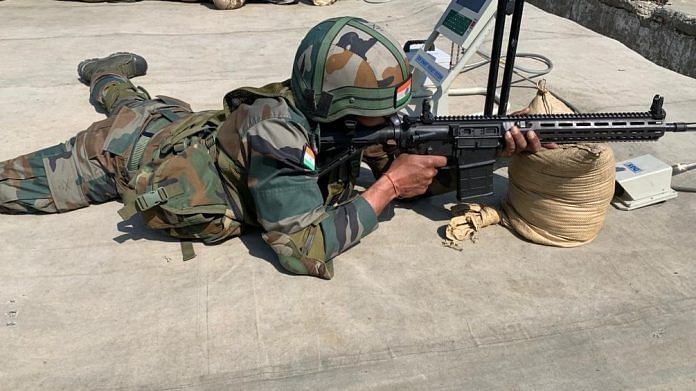
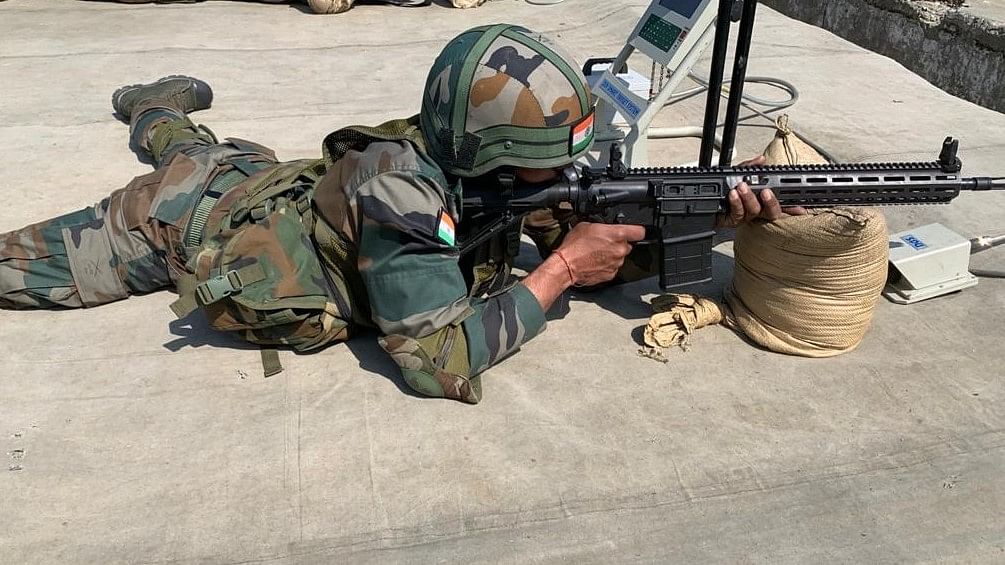
 theprint.in
theprint.in
